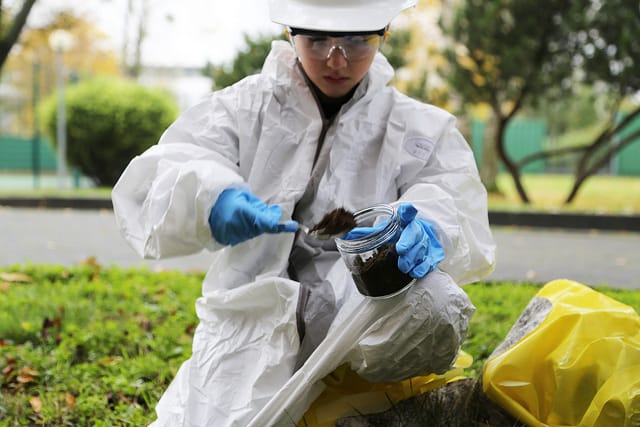Cornucopia’s Take: Ghostwriting aside, industry funded science seeks answers to industry needs. Cornucopia calls for research on behalf of truth, accuracy, and all of us, rather than only corporate balance sheets.
Inside the Academic Journal That Corporations Love
Pacific Standard
by Paul D. Thacker
 |
A recent Monsanto lawsuit opens a scary window into the industry of junk science.
A recent lawsuit against Monsanto offers a clear and troubling view into industry strategies that warp research for corporate gain. In a lawsuit regarding the possible carcinogenicity of the pesticide Roundup, plaintiffs’ lawyers suing Monsanto charge the company with ghostwriting an academic study finding that Roundup’s active ingredient, glyphosate, is not harmful. Glyphosate is the world’s most widely used weed killer and is critical for successful cultivation of genetically modified crops such as corn and soybean, which are resistant to the pesticide.
Ghostwriting remains pervasive in some areas of academic research; in 2010, I helped author a Senate report on the matter. Studies drafted by corporations and then published in scientific journals with academic authors have been used to sway government decisions, court cases, and even medical practice. A host of universities have been caught in ghostwriting scandals, including Harvard University, Brown University, Stanford University, and Emory University.
The study currently under scrutiny appeared in 2000 in Regulatory Toxicology and Pharmacology, the journal of the International Society of Regulatory Toxicology and Pharmacology. On closer inspection, the ghostwriting charges seem unconvincing , and Science magazine reports that officials at one university have investigated and rejected the charges.
Monsanto has also strenuously denied the ghostwriting allegations and defends the integrity of the study on a blog: “The paper also underwent the journal’s rigorous peer review process before it was published.”
But the term “rigorous” is hardly an accurate description for the journal. Indeed, a glance into the journal’s history offers a telling window into the industry of creating and packaging junk science with the appearance of academic rigor.
“Regulatory Toxicology and Pharmacology is a vanity journal that publishes mercenary science created by polluters and producers of toxic chemicals to manufacture uncertainty about the science underlying public-health and environmental protections.” says David Michaels, professor of environmental and occupational health at the George Washington University School of Public Health. (Michaels recently returned to this position after serving as the administrator of the United States Occupational Safety and Health Administration.)
The problem is that it’s not just Monsanto, and it’s not just this one journal. Corporations regularly buy academics to do their bidding, recasting industry talking points to create the beginnings of an alternative scientific canon.
The history here is long, and damning. In 2002, several academics and public-health activists sent a letter to Elsevier complaining that the journal lacked transparency and a conflicts-of-interest policy, and that it could not demonstrate editorial independence from corporate sponsors. A couple of years later, I began studying the ISRTP’s membership and journal, and combing through the minutes of the society’s meetings.
The year before the journal published the Roundup study, the society held its June 1999 council meeting in the Washington, D.C., office of Keller and Heckman, the chief law firm for the chemical industry. In a recent court case, for example, Keller and Heckman represented the Vinyl Institute in a lawsuit to roll back 2012 regulations from the Environmental Protection Agency limiting toxics emitted during PVC production. Keller and Heckman also bills itself as the premier law firm for the tobacco and e-vapor industries. The minutes from the June meeting note a member of Keller and Heckman attending along with representatives of several chemical industry trade associations. Minutes from February 2002 also record the meeting taking place in Keller and Heckman’s D.C. office and state that future meetings will also be held at the law firm.
“[I]t is unusual to see a regulatory toxicology journal run out of a law practice office!” says Dr. Lynn Goldman, dean of the Milken Institute School of Public Health at George Washington University and one of the signatories on the 2002 letter.
“Having its meetings hosted by a corporate law firm is so obviously inappropriate — unless you aren’t so much a scientific society as a faux-science outlet for the corporate clients and funders of the journal’s authors,” says Jennifer Sass, a senior scientist who specializes in chemical policy at the Natural Resources Defense Council and is another of the 2002 letter signatories. After reviewing the Roundup study published in 2000, Sass says it doesn’t appear to be “what we normally call ghostwriting.” The study’s acknowledgement section, which is hidden behind the journal’s paywall, clearly notes Monsanto’s heavy involvement in the study’s science.*
“These people wouldn’t be able to stuff the scientific literature so successfully — muddying the waters and creating the false impression of controversy — if they didn’t have their go-to journals like Reg Tox Pharm,” she adds.
Examining the journal’s editorial board, Sheldon Krimsky, a professor at Tufts University who studies conflicts of interest and corporate influence on science, notes that industry consultants litter the journal’s masthead. Indeed, the journal’s editor is Gio Gori, a former consultant for the tobacco industry. In 1998, Gori partnered with Steven J. Milloy of JunkScience.com in a letter to Science magazine criticizing a story about tobacco consultants. I later outed Milloy in the New Republic for being on the payroll of the tobacco companies while writing articles for FoxNews.com that disparaged the science of second-hand smoke. And, in 2007, Gori published an op-ed in the Washington Post calling the science of second-hand smoke “bogus.”
Gori’s work for tobacco, Krimsky says, “places his credibility down at the bottom.”
Other controversial members of the journal’s editorial board include Michael L. Dourson and Dennis J. Paustenbach. Dourson is the president of TERA, a scientific consulting firm that was the subject of a 2014 investigation by Inside Climate News and the Center for Public Integrity highlighting the group’s cozy ties to industry. Documents made public during tobacco litigation note Dourson’s work for the industry.
When questioned about his tobacco consulting, Dourson said: “Jesus hung out with prostitutes and tax collectors. He had dinner with them.” He continued, “We’re an independent group that does the best science for all these things. Why should we exclude anyone that needs help?”
In 2005, the Wall Street Journal ran a front-page story questioning the role of Paustenbach and his company ChemRisk in a case that became the basis for the movie Erin Brockovich. According to the Journal, ChemRisk was hired to reanalyze data from a study that found chromium-contaminated groundwater linked with a range of public-health illnesses. Chemrisk’s reanalysis of data was then published in a new study under the names of two Chinese researchers without any mention of ChemRisk’s involvement, and was promoted for the next decade in court cases and regulatory filings. After the Journal article, the study was retracted, and environmental groups sought to have Paustenbach censured by the Society of Toxicology.
Seven years later, the Chicago Tribune wrote an investigative story critical of Paustenbach’s work for the chemical industry on flame retardants, and the Center for Public Integrity published an investigation last year noting Paustenbach’s work for Ford Motor Company to downplay the dangers of asbestos in car brake pads.
“This might be a kind of a rogue journal that looks like a journal,” Krimsky says.
The problem is that it’s not just Monsanto, and it’s not just this one journal. Corporations regularly buy academics to do their bidding, recasting industry talking points to create the beginnings of an alternative scientific canon. Universities do little to stop it, while academic journals, sometimes prestigious, are often complicit. Perhaps public shame remains the most — or only — effective medicine.

